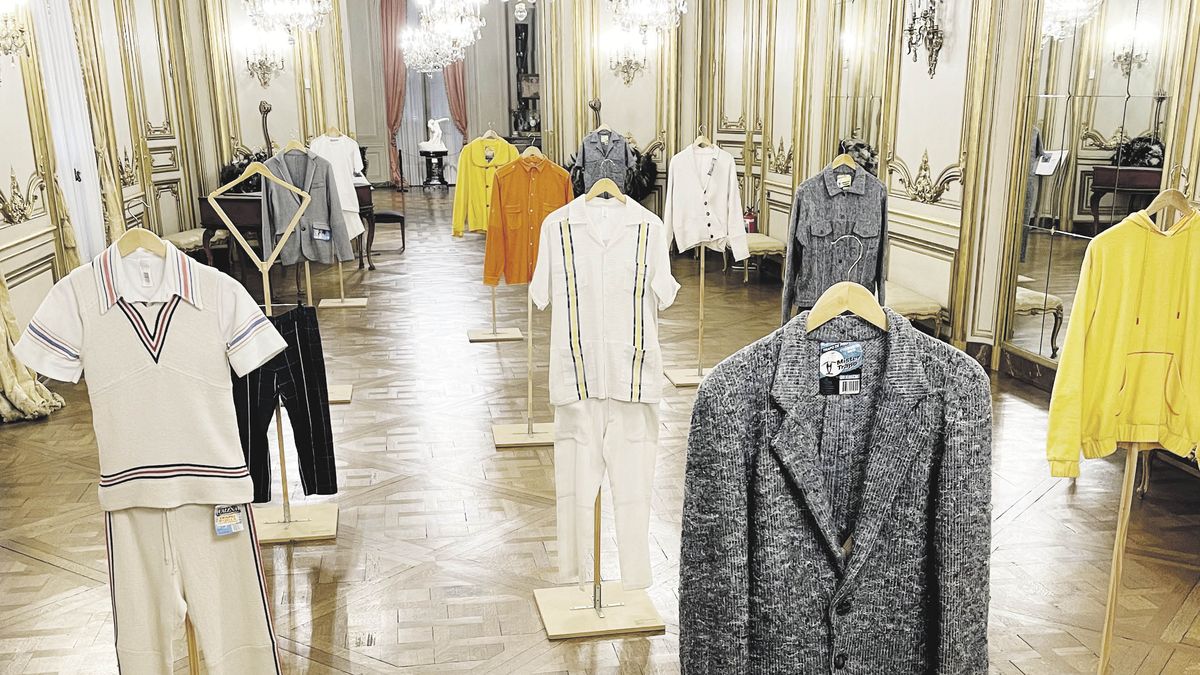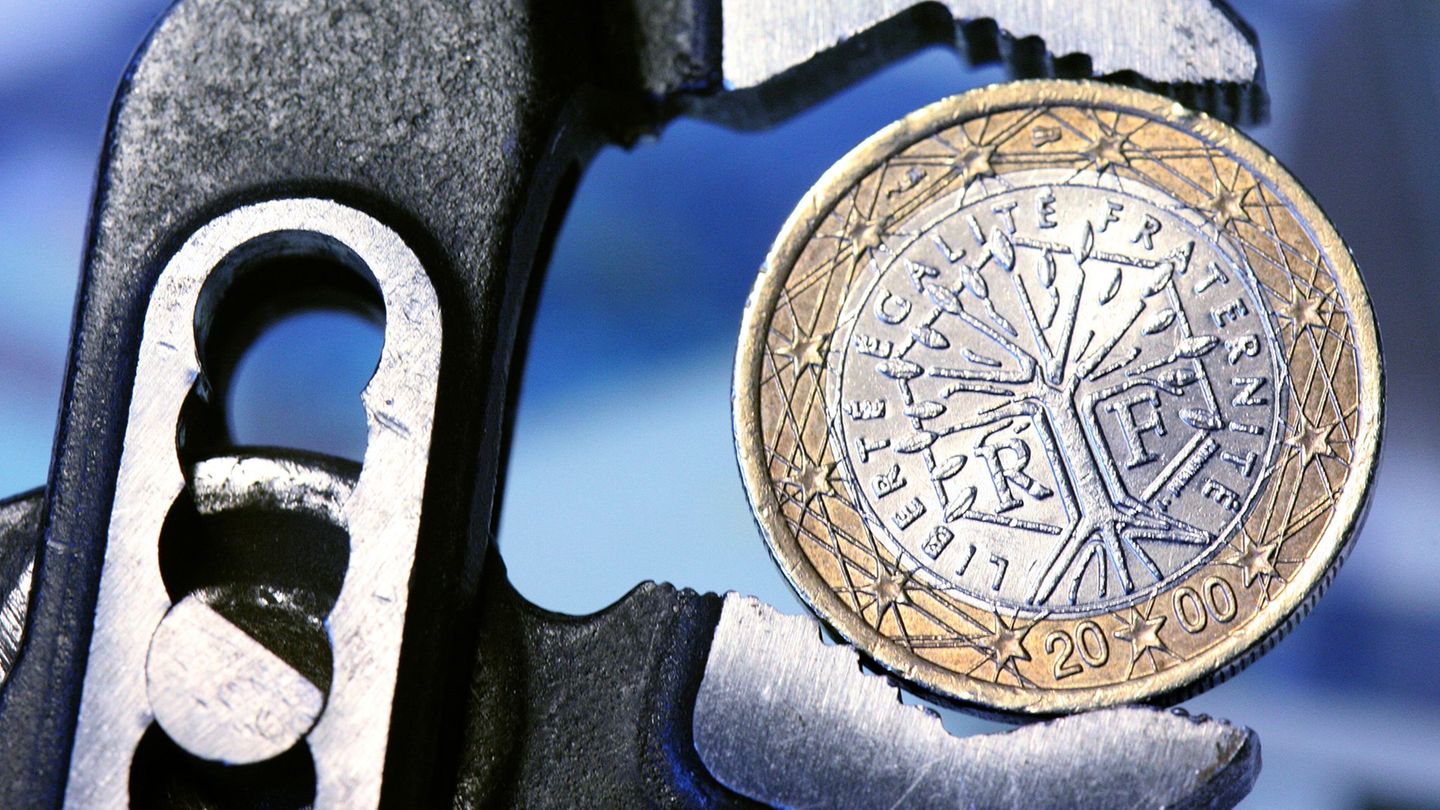The Libedinsky coral reefs occupy the entrance hall of the Museum. The wavy and extensive red tide is made with ordinary but showy plastic fiber dusters that, far from competing with the splendor of the palace, enhance it. “It is about the transformation of the ordinary into the extraordinary”, clarifies the artist, whose aspiration is to transmute “the marginal into an object of desire”. And the same thing happens in the ballroom with the well-made suits made by wise couturiers with rags to clean the floors and polish the silverware. Added to these works is a cloud of colored dusters. In another setting, the viewer is faced with two stylized wooden ostriches, displaying the grace of their feathers. The contrast of contemporary art with the objects and vases in the collection; the sparkles of the lamps and crystals, and the inlaid wooden floors of the Errázuriz, add seduction to the tour.
The purpose of Libedinsky was to generate a positive, pleasant and stimulating atmosphere for the public. However, the works that he exhibits in the basements of the palace have another character. The title, “House Taken Over”, acquires its true meaning there.
“Cuckoo” is a small birdhouse. The door is “walled up”, like some empty houses in Buenos Aires, to prevent them from being “taken over”. On the facade that measures a few centimeters, a “mapping” is projected and a “hole” is opened, through which a character leaves and then enters. The playful spirit of this work installs the theme of forced isolation and exit through a hole. “I started the ‘Homemade Products’ series when I was in college. It was my thesis”, says the architect who has a brilliant professional career at the famous Rem Koolhaas/OMA studios in Rotterdam and Diller Scofidio + Renfro in New York, as designer of the High Line.
Going down another floor, a small rug recalls the beginning of Libedinsky’s artistic career in the 2010 Kuitca Scholarship of the UBA. Meanwhile, the blows that end up demolishing a wall of the Caseros Prison with the rounded shape of a hole are heard. The video “Urban Interventions. Homemade Products”, begins with a dramatic documentary about the prison, a tour of that mousetrap that ended up being demolished. The second part opens the way to fiction: an escape plan. The prisoners take over the prison, modify the architecture of the Panopticon and transform the building into a sieve, with multiple holes. The convicts peek through the gaps.
Finally, the images show the intervention in the original facade of Caseros and the extraction of a hole with a surgical process. A truck moves around the city that masonry quadrilateral with the hole in the center. Behind that frame the camera focuses on the urban landscape and from the gap, the viewer contemplates the world and lives that experience like a convict. The final destination is a museum in the woods of Palermo, the park dedicated to the restoration of Buenos Aires Monuments and Works of Art (MOA). The work finds its place alongside those that, vandalized or damaged, await restoration.
In the Museum’s garden, a building for birds invites them to settle there. The back wall is upholstered with a piece of geometric construction, one more reference to the history of art, like the suit that is confused with that of Joseph Beuys.
Source: Ambito
David William is a talented author who has made a name for himself in the world of writing. He is a professional author who writes on a wide range of topics, from general interest to opinion news. David is currently working as a writer at 24 hours worlds where he brings his unique perspective and in-depth research to his articles, making them both informative and engaging.




